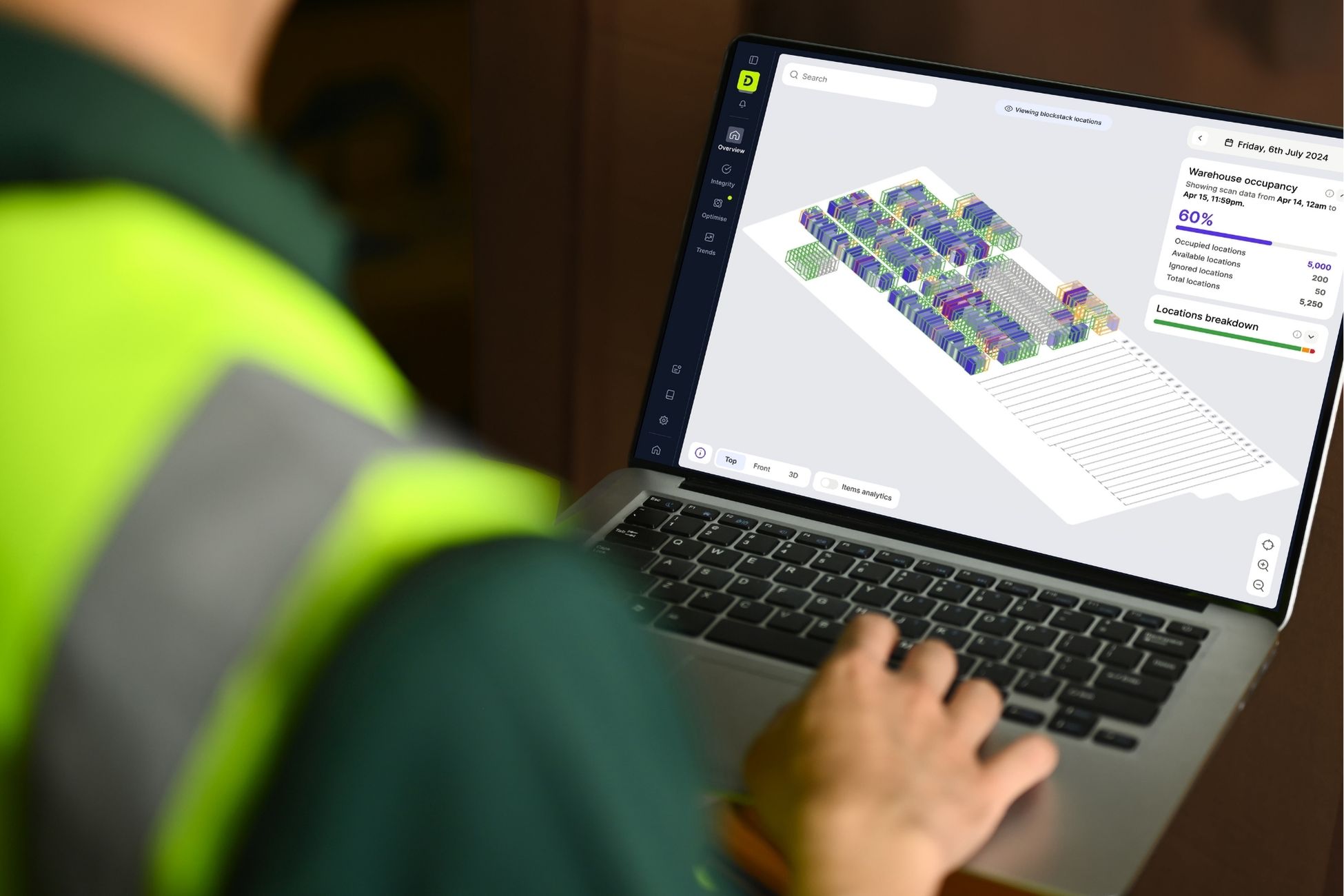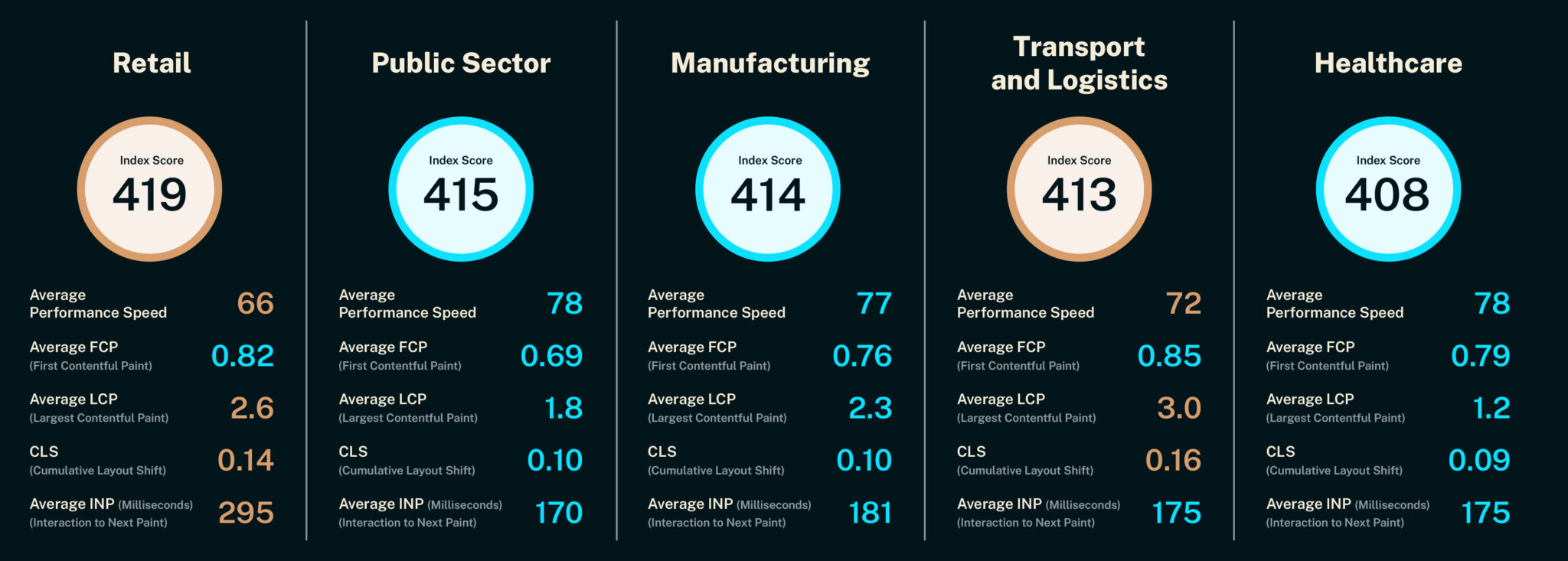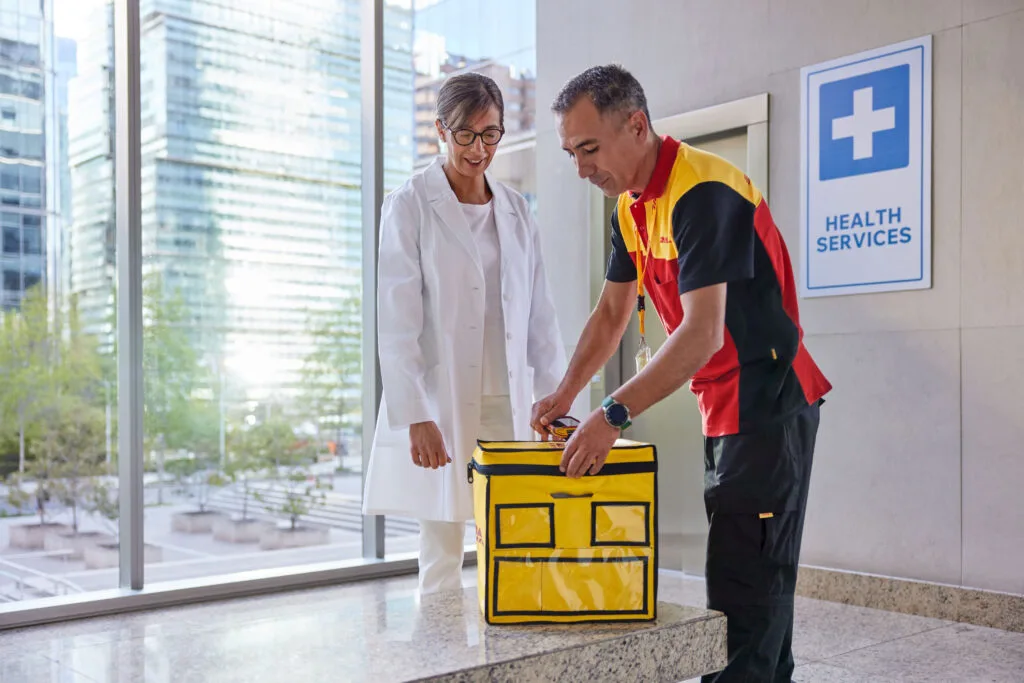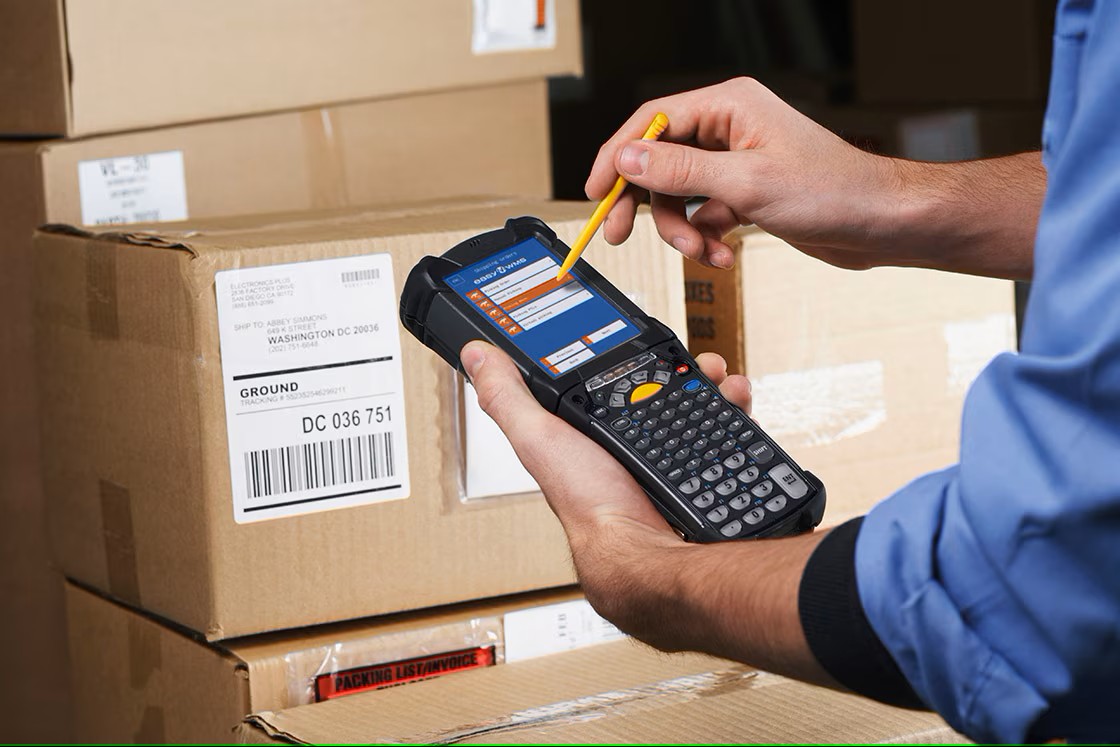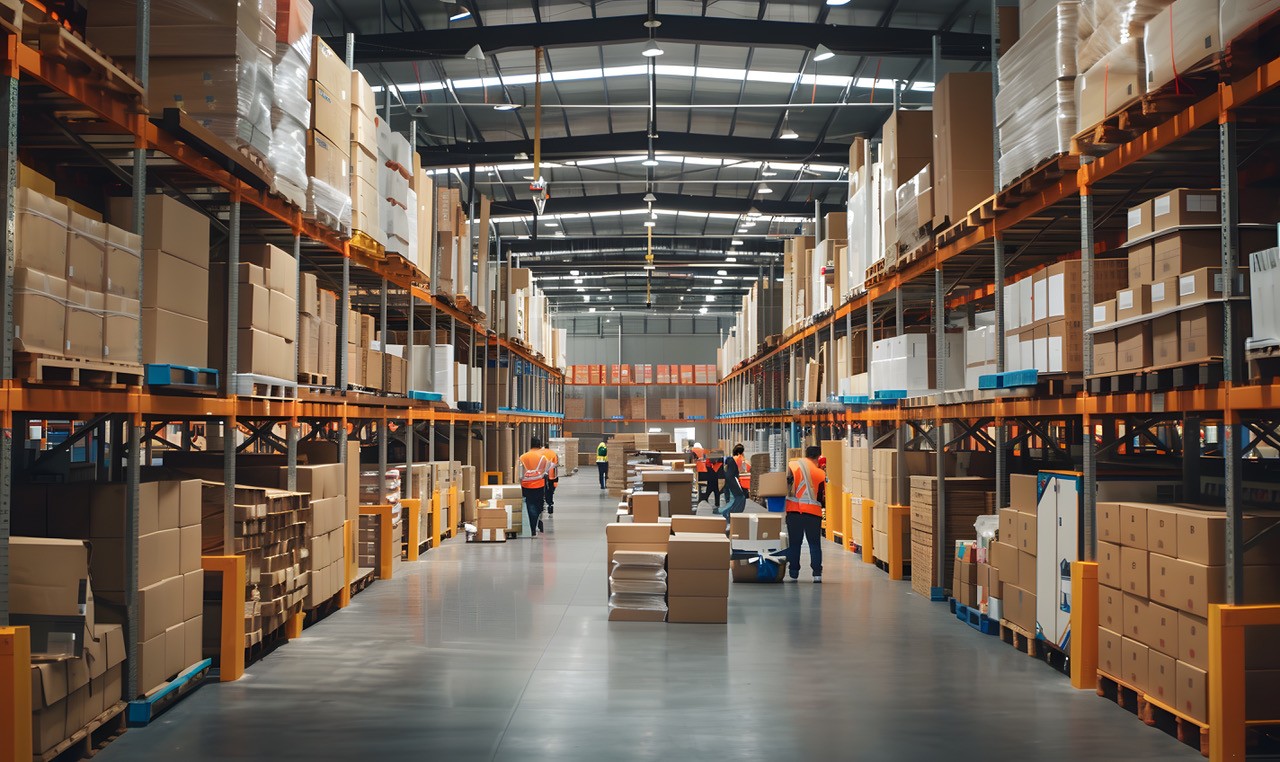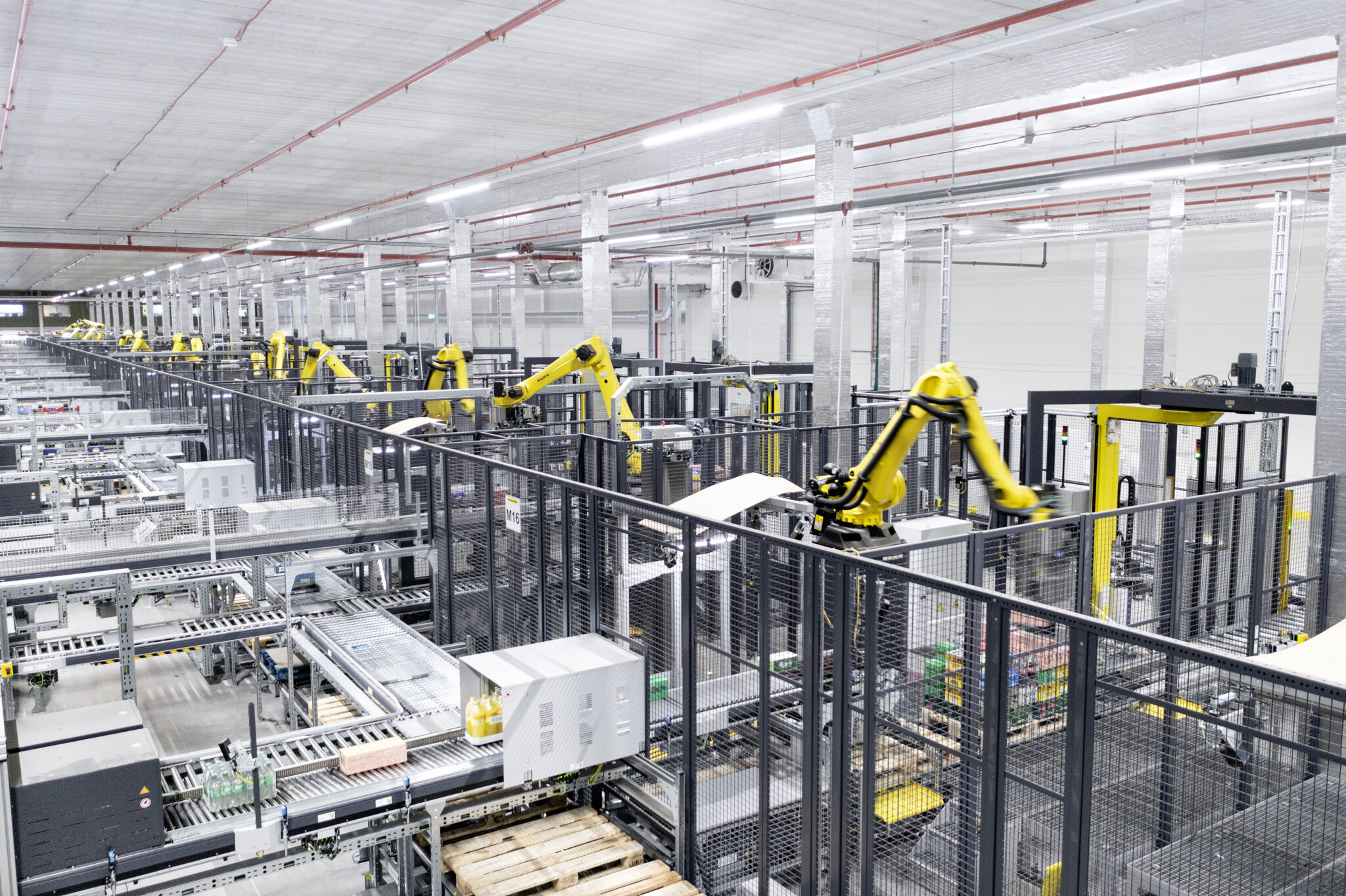With rising labour, fuel and packaging costs, many companies today are seeking solutions that deliver lower logistics costs. Returnable transport packaging (RTP) solutions from Loadhog – including durable plastic containers, reusable pallet lids and sturdy transport dollies – enable you to secure savings that really add up.
Short payback
Loadhog’s solutions avoid the ongoing costs of buying single-trip packaging. By replacing cardboard packaging with rugged plastic containers, you not only reduce your packaging costs within a short payback period but also provide better protection for your goods, slashing the cost of damaged items. In addition, the containers are designed to boost productivity. They feature handles and grip points that enable ergonomic handling, while the attached lid containers allow fast and easy access to goods without the need for time-consuming opening and resealing.
For pallet loads, Loadhog has developed the award-winning Pallet Lid – available in UK, Euro and Half Euro sizes – as an alternative to stretch wrap. The reusable plastic lid features retractable straps and an integrated tensioning mechanism to secure the load. It not only eliminates the cost of single-use stretch wrap, but also secures labour savings – taking an average of just 20 seconds to secure a load, compared to 180 seconds for shrink wrapping – to give a typical return on investment of less than 12 months.

Loadhog’s various containers – along with foldable sleeves for bulky items – can be stacked on the company’s Dolly Max wheeled platform and secured with a Pallet Lid to create a rolling container system. With its mix-and-match design, Loadhog’s Dolly Max is the most versatile rolling container system on the market, providing flexibility for your supply chain. And, with Dolly Max units simply wheeled from vehicles into delivery points, you avoid the need for a pallet truck, saving even more.
Better vehicle fill
In addition to reducing packaging costs, RTP can secure transport savings in terms of both fuel and labour. The Pallet Lid enables double stacking of loads to optimise use of space in delivery vehicles, thereby reducing the number of journeys and the fuel required. Using the Dolly Max system instead of traditional roll cages also improves use of vehicle space. With 64 Dolly Max units fitting in a 40 ft trailer – compared to just 45 roll cages – vehicle fill is increased by over 40%.
In fact, the sheer weight of metal roll cages often means that loading capacity is reached before a vehicle is full, so the savings can be even greater. There are savings when it comes to return journeys too, as Dolly Max is designed for fast deconstruction and space optimisation. With containers nesting, sleeves folding and the Dolly Max frame featuring castor cups for stable stacking, the return ratio is typically 3/1.
Security is another area in which savings can be achieved, in terms of safeguarding both goods and packaging assets. Loadhog offers sealing, labelling, tracking and branding options for its entire RTP range.
similar news



